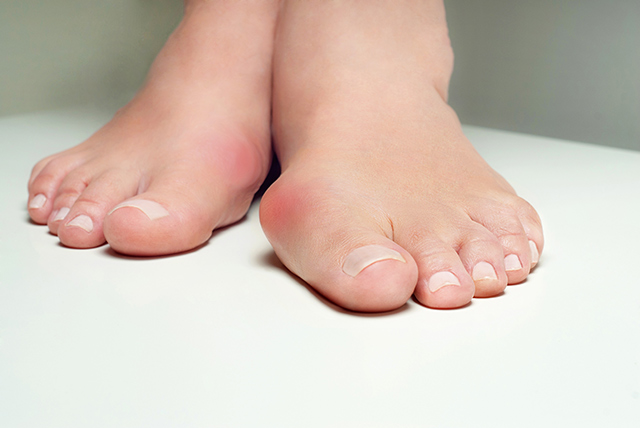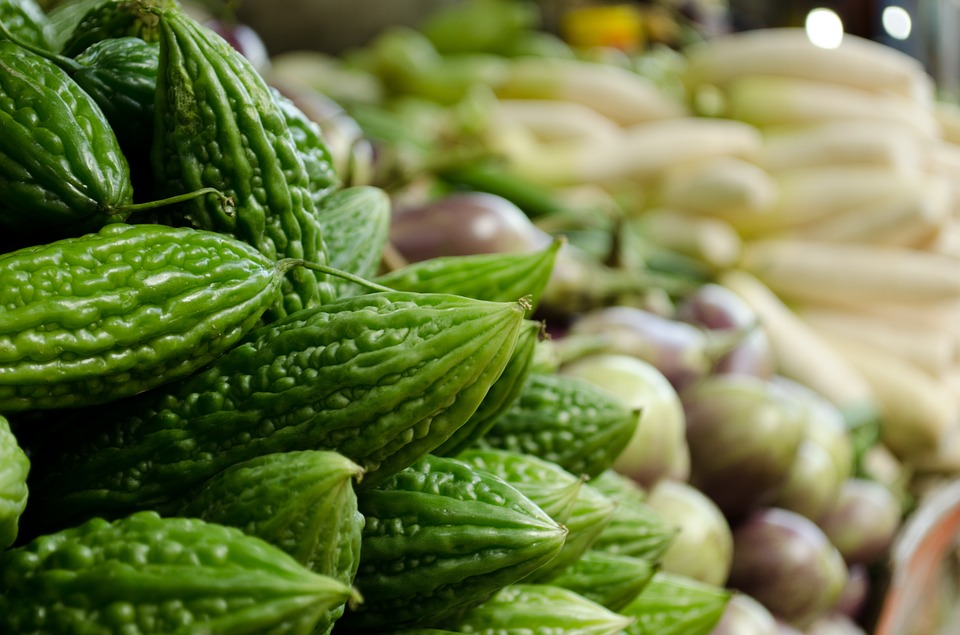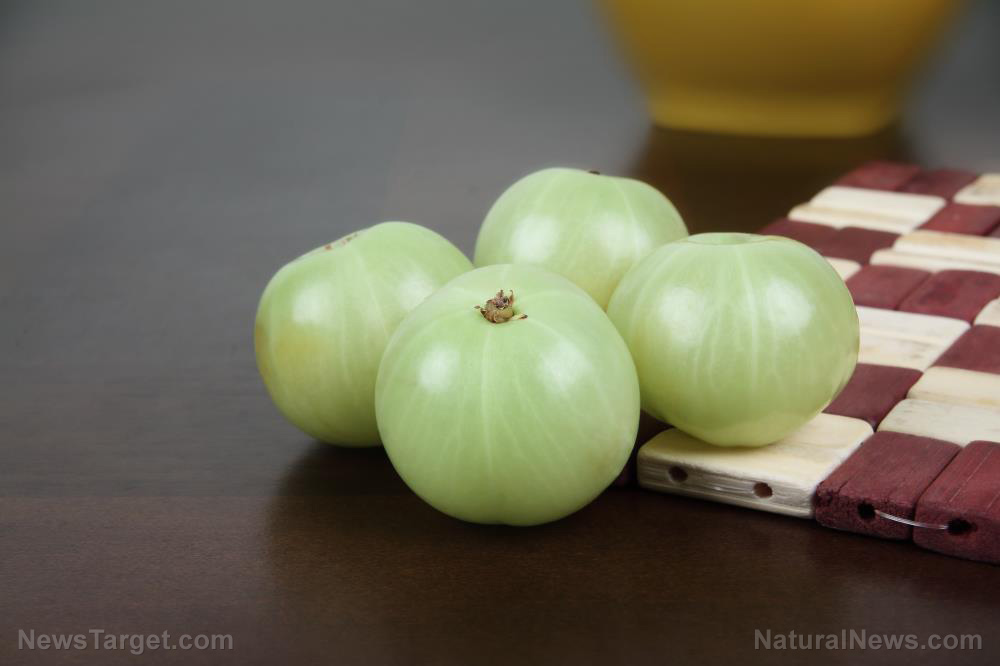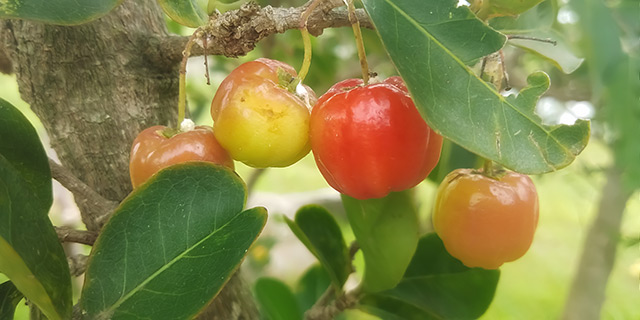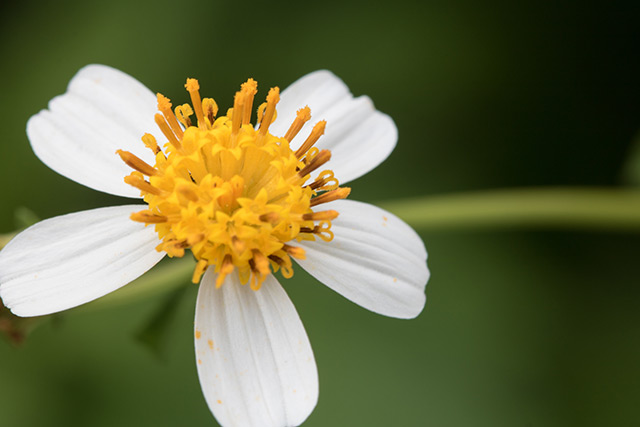Herbal medicine and medical breakthroughs
10/12/2015 / By Julie Wilson

Did you know that ancient pharmacological texts sometimes assist in cutting-edge discoveries in today’s medical field? Interestingly enough, medicinal herbs beneficial for treating various diseases were documented in pharmacological texts thousands of years ago by many different cultures, and are written in languages such as Greek, Chinese and Arabic.
It’s fascinating to consider that in some ways, ancient civilizations were actually more advanced than we are today – particularly in regards to Western medicine – now that’s a real mindblower considering Western medicine pretends to know it all, often ignoring alternative healing practices altogether.
While loaded with valuable information, navigating ancient pharmacological texts can be extremely tedious as they often “present themselves as a series of recipes without much information as to whether they were used or not,” according to an article by Ancient Origins.
Phytotherapy: The study of curative properties and the application of plants
“Think of your favourite cookery book: you probably do not make all the recipes in it and if you do not annotate it then nobody would know which ones you used and how much you enjoyed them (or not). We rarely find annotations on ancient pharmacological texts.”
However, not everyone is intimidated away from studying them. Take for example, pharmaceutical chemist Tu Youyou, who discovered that the compound artemisinin could treat malaria in the early 1970s.
“Tu discovered the properties of artemisinin (qinghaosu in Chinese) after reading traditional Chinese texts that dated to this era listing medicinal herb preparations. The route to the discovery and its dissemination was not easy due to both the difficulties of trawling through and testing hundreds of plant samples and the political climate in China in the 70s. Fortunately, persistence paid off and artemisinin is now a key antimalarial drug.”
The power of the elements: Discover Colloidal Silver Mouthwash with quality, natural ingredients like Sangre de Drago sap, black walnut hulls, menthol crystals and more. Zero artificial sweeteners, colors or alcohol. Learn more at the Health Ranger Store and help support this news site.
Tu’s use of herbal medicine to treat malaria isn’t that rare, as plants are the cornerstone of Western herbal medicine, a practice that’s becoming increasingly popular as more people turn to alternative healing as a way to detox from the constant exposure of toxins in today’s society.
There are literally thousands of plants that humans can benefit from for treating disease and maintaining good health.
“Plant medicines”
“Some 70,000 plant species, from lichens to towering trees, have been used at one time or another for medicinal purposes,” wrote Dr. George D. and Pamplona Roger in their book titled “Encyclopedia of Medicinal Plants Education and Health Library.”
“Today, Western herbal medicine still makes use of hundreds of native European plants, as well as many hundreds of species from other continents. In Ayurveda (traditional Indian medicine) about 2,000 plant species are considered to have medicinal value, while the Chinese Pharmacopoeia lists over 5,700 traditional medicines, mostly of plant origin.
“About 500 herbs are still employed within conventional medicine, although whole plants are rarely used. In general, the herbs provide the starting material for the isolation or synthesis of conventional drugs. Digoxin, for example, which is used for heart failure, was isolated from common foxglove and the contraceptive pill was synthesized from constituents found in wild yam.”
Why herbal medicine is sometimes better than antibiotics
“Today, herbal remedies are coming back into prominence because the efficacy of conventional medicines such as antibiotics, which once had near-universal effectiveness against serious infections, is on the wane.
“Over the years, infectious organisms have developed resistance to synthesized drugs, and the herb qing hao and its active constituent artemisin, for example, are now being used to treat malaria in areas of the world where the protozoa causing the infection no longer respond to conventional treatment.”
For more information on plant medicine, visit Herbal.news, powered by FETCH.news.
Additional sources:
Pamplona-Roger G., Encyclopedia of Medicinal Plants
Tagged Under: Antibiotics, herbal medicine, Herbs, Plants




